Facebook Like vector
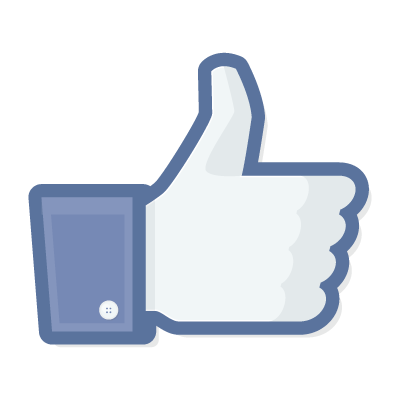
- .EPS (379.83 KB)
- 106,372 times
logoEPS \ Free Vector Logo \ Computer & Internet \ Facebook Like vector

 Sony Vaio logo vector 3,689
Sony Vaio logo vector 3,689 Dreamweaver CS6 logo vector 373
Dreamweaver CS6 logo vector 373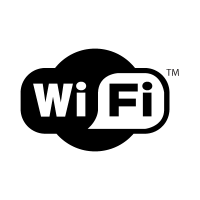 WiFi logo vector 51,654
WiFi logo vector 51,654 YouPorn.com logo vector 350
YouPorn.com logo vector 350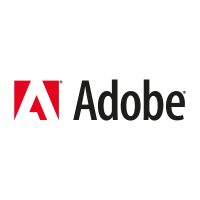 Adobe logo vector 469
Adobe logo vector 469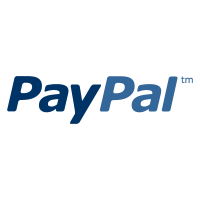 PayPal logo vector 5,481
PayPal logo vector 5,481 XMPP logo vector 82
XMPP logo vector 82 PHP logo vector 2,066
PHP logo vector 2,066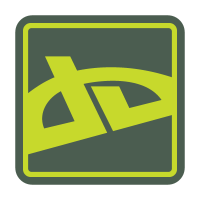 DeviantART logo vector 1,380
DeviantART logo vector 1,380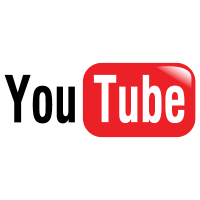 YouTube logo vector 64,393
YouTube logo vector 64,393 Mac OS logo vector 887
Mac OS logo vector 887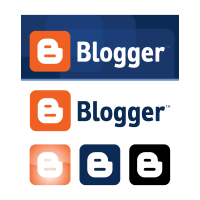 Blogspot logo vector 299
Blogspot logo vector 299Vector logo are important design elements frequently used by designers everyday. A better search engine for vector logo with a complete collection and flexible searching capabilities is not available.
Logo EPS is the world’s largest library of brand logos in vector format available to download for free. It enables you to quickly find the logo vector files you need by browsing or search through the entire collection of more than 200,000 vector logos.